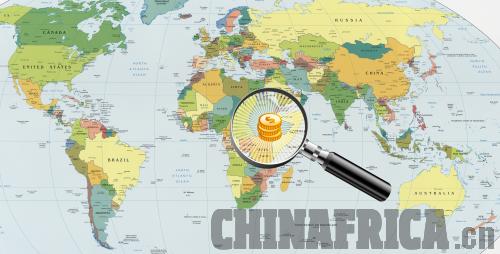|

In most parts of Africa today, you cannot communicate officially unless you address yourself in English, Arabic, Portuguese or French languages brought either by migrants from the Middle East or colonialists from the West.
Yet a region of the continent has broken this norm. In East Africa, five countries use Swahili, a language that bases its origin on a mixture of local tongues but borrows some words from aforementioned foreign languages.
Kenya, Uganda, Tanzania, Rwanda and Burundi covering an area of about 1.82 million square km all use Swahili, albeit with varying dialects. These nations make up the East African Community (EAC) and the common language means a sharing of history, culture, trade and labor exchange.
Long history
Now, they are even thinking of having a single currency this year and a political federation by 2015.
At the 13th EAC Summit in Burundi late last year, the five countries' representatives began the process to eventually usher in a political authority that would administer the entire five countries.
This integration has a long history. According to records at the Kenya National Archives, the earliest chronicles indicate that EAC might have been mooted in the 1890s during the construction of the Kenya-Uganda railway.
At independence, Kenya, Uganda and Tanzania immediately pursued the idea of forming a federation. In 1967 they formed the EAC, but during the following years the EAC collapsed after ideological differences until 1999, when a proposed federation was again put forward.
The Community has since made several steps. In 2005, EAC members agreed on an EAC Customs Union. Under this deal, goods coming from Kenya to any of the other members would be taxed, but Kenya would not place any tax on items bought from other members. The idea, according to the EAC policy, was to help the poorer members catch up with the richer Kenya.
However, a study conducted by the Britain-based Overseas Development Institute in 2007, the year the EAC expanded to include the former French colonies of Rwanda and Burundi, showed that the cut back in customs would mostly create a diversion in trade rather than expand markets because the countries already belong to other trading blocs.
In 2010, the five members launched the Common Market where the more than 133 million people living in the region would be allowed to move freely with goods across the borders. It was also proposed that those seeking work would be, progressively, allowed to work in other members' territories without necessarily obtaining work permits.
|